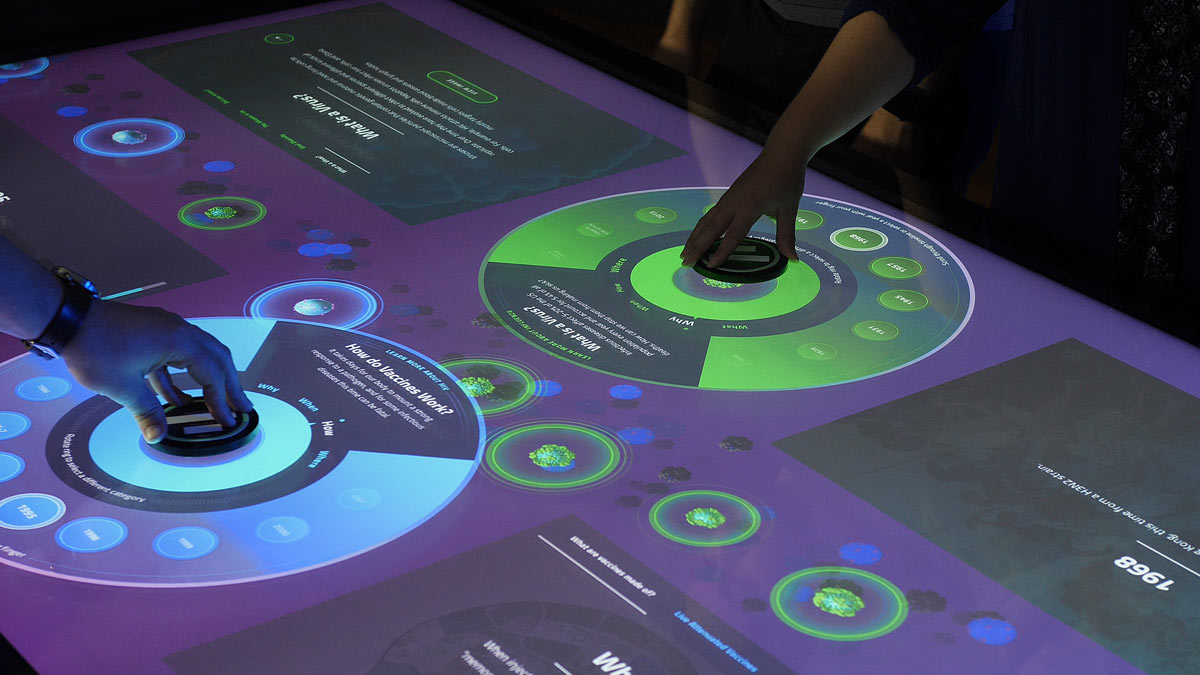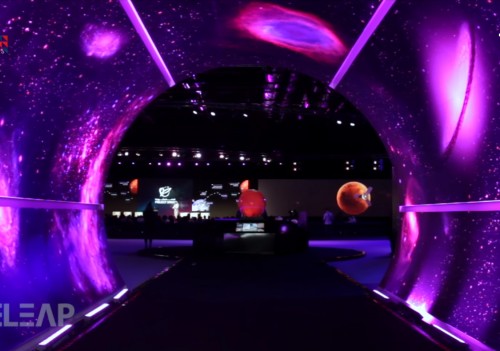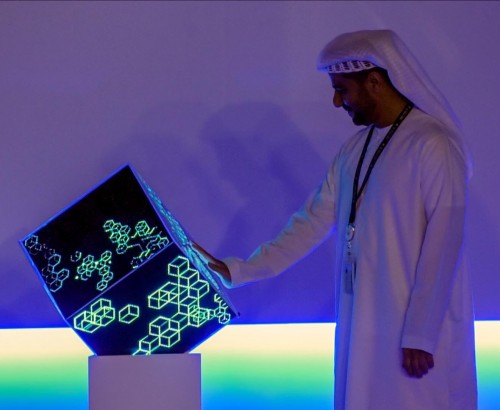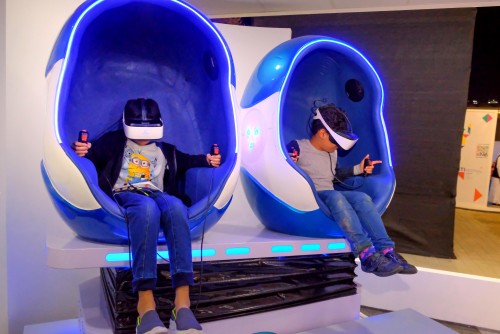Interactive Tangible User Interface: Exploring the Possibilities and Implications

What is an Interactive Tangible User Interface?
An interactive tangible user interface (TUI) is a computer interface in which physical objects are used to augment the user experience. A TUI is tangible in the sense that users can take hold of the physical objects and manipulate them in the real world as part of their user experience. TUIs are primarily focused on physical objects, and they can be designed so that the physical objects can be used in specific ways to create specific effects in an interface. TUIs can be designed so that the physical objects become part of the user interface. In such cases, the physical objects are both tangible and interactive. They are tangible in the sense that users can take hold of the physical objects and manipulate them in the real world as part of their user experience. They are interactive in the sense that the physical objects are linked to specific effects in the interface and can be used in a specific way to achieve a specific result in the interface.
Tangible Interaction with Real World Objects
Computer interfaces have become more visual, relying less on words and more on images to represent data and instructions. This shift to visual user interfaces (UIs) has led to an exponential increase in the amount of visual content created since the early 2000s. With visual content becoming more common in the digital world, users have begun to expect more visual experiences in their daily lives. This trend has opened a door for tangible user interfaces to emerge as an alternative way of interacting with computers. TUIs use real-world objects that can be physically interacted with as visual representations of digital data. By using real-world objects in an interface, the user’s interaction with the interface is transformed from a visual experience to a tangible one. Users are able to interact with real-world objects as well as their digital counterparts at the same time.
Benefits of Interactive Tangible User Interfaces
Interactive tangible user interfaces are a new type of interface that is different from what we’ve seen in the past. While full-blown virtual reality and augmented reality (AR) have only recently become mainstream, TUI technology has been around for several years. Since TUIs are a new type of interface, they also have a unique set of benefits not offered by other types of interfaces. Let’s explore the advantages of using a TUI:
Examples of Interactive Tangible User Interfaces
Let’s take a look at the different examples of TUI technology and how they interact with their users: Computer-Embedded Tabletops - Computer-embedded tabletop interfaces (like the ones found in Starbucks) allow users to interact with objects they find on the tabletop. By scanning the tabletop, the user can access a digital representation of the objects and then interact with them using digital buttons and icons. Tabletop Augmented Reality - Alternatively, tabletop augmented reality interfaces (like the ones found in the Ultimate Cafe) allow users to interact with their real-world environment and real-world objects to access digital content. By scanning the tabletop, the user can access a digital representation of the objects and then interact with them to access digital data and content. VR-Augmented Reality Hybrid - VR-augmented reality hybrid interfaces are similar to tabletop augmented reality interfaces, but they use virtual representations of real-world objects as input for the user’s digital experience. By scanning real-world objects in the user’s environment, the interface can link the real-world objects to a digital representation and allow users to interact with those digital representations.
Conclusion
An interactive tangible user interface is a computer interface in which physical objects are used to augment the user experience. TUIs are primarily focused on physical objects and can be designed so that the physical objects become part of the user interface. TUIs can be designed so that the physical objects become tangible as well as interactive and can be used in specific ways to achieve specific effects in the interface. TUIs use real-world objects to present information and input and are designed to provide a tactile and visual experience that augments and enhances digital interfaces. By using TUIs, users can interact with physical objects in their real-world environment and have their interactions with the interface represented digitally.







 Call
Call
 Mail
Mail